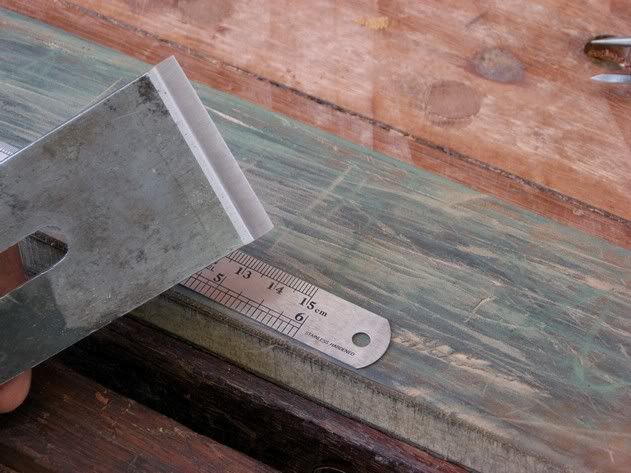I am using a combo water stone 1000X4000 from Lee Valley.Stone B below. I also use a jig. It seems to me I have to spend way too much time on each grit. The first grit I can understand. No matter how hard I try I just cant get the exact angel set in my jig so it takes time to regrind the bevel. But when I go to the 4000 grit (without resetting the jig) I spent 1/2 hour and did not get it finished before I gave out. I would think one would only need to spend just a short time on each grit. From what I have read going from 1000 to 4000 is standard. Not like I am skipping a grit. Or am I?
Also when using a water stone. I soak it in water when not in use. When I start using it should I keep a film of water at all times on top or do I use it dry no additionalwater after taken out of the bath?





 Reply With Quote
Reply With Quote









